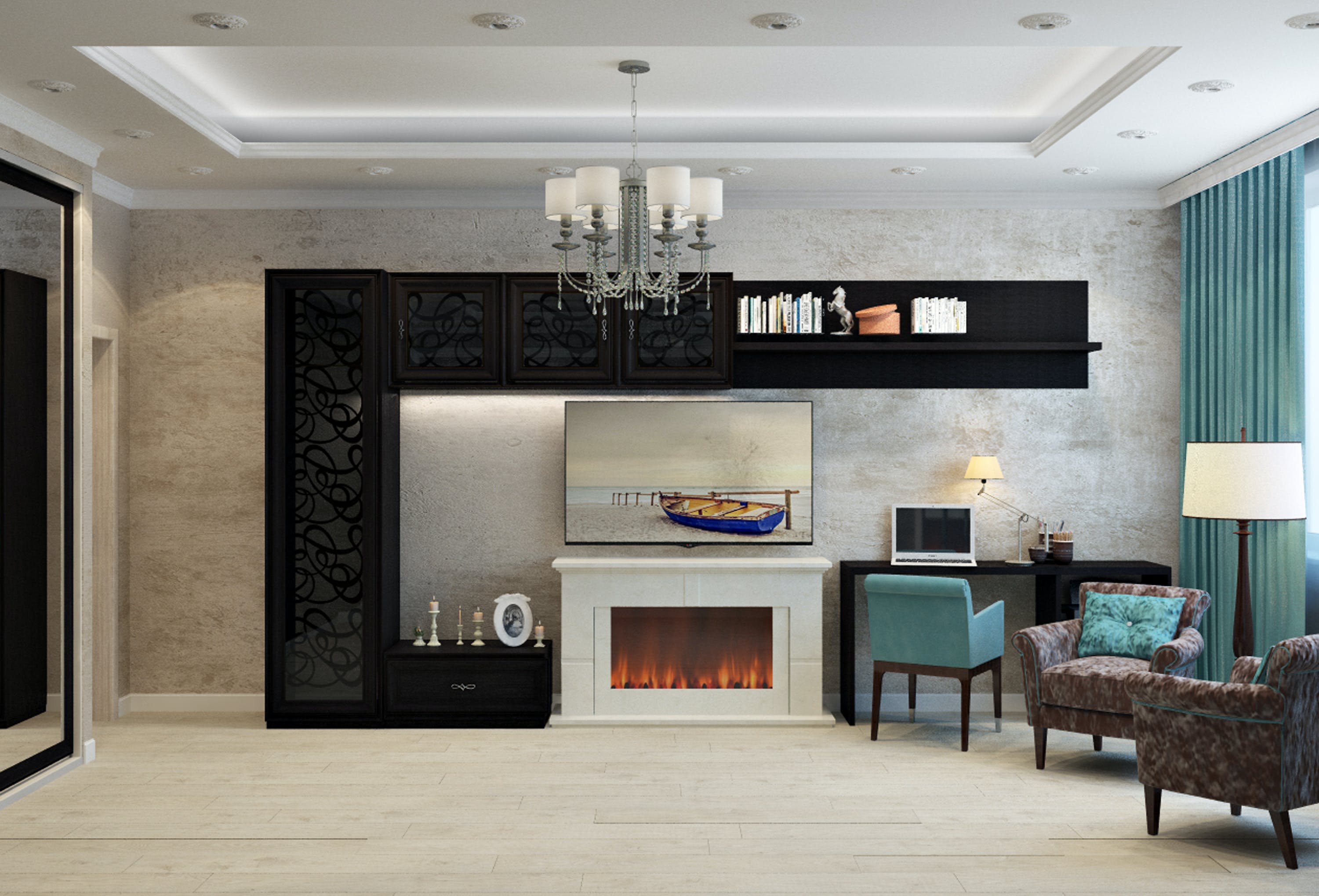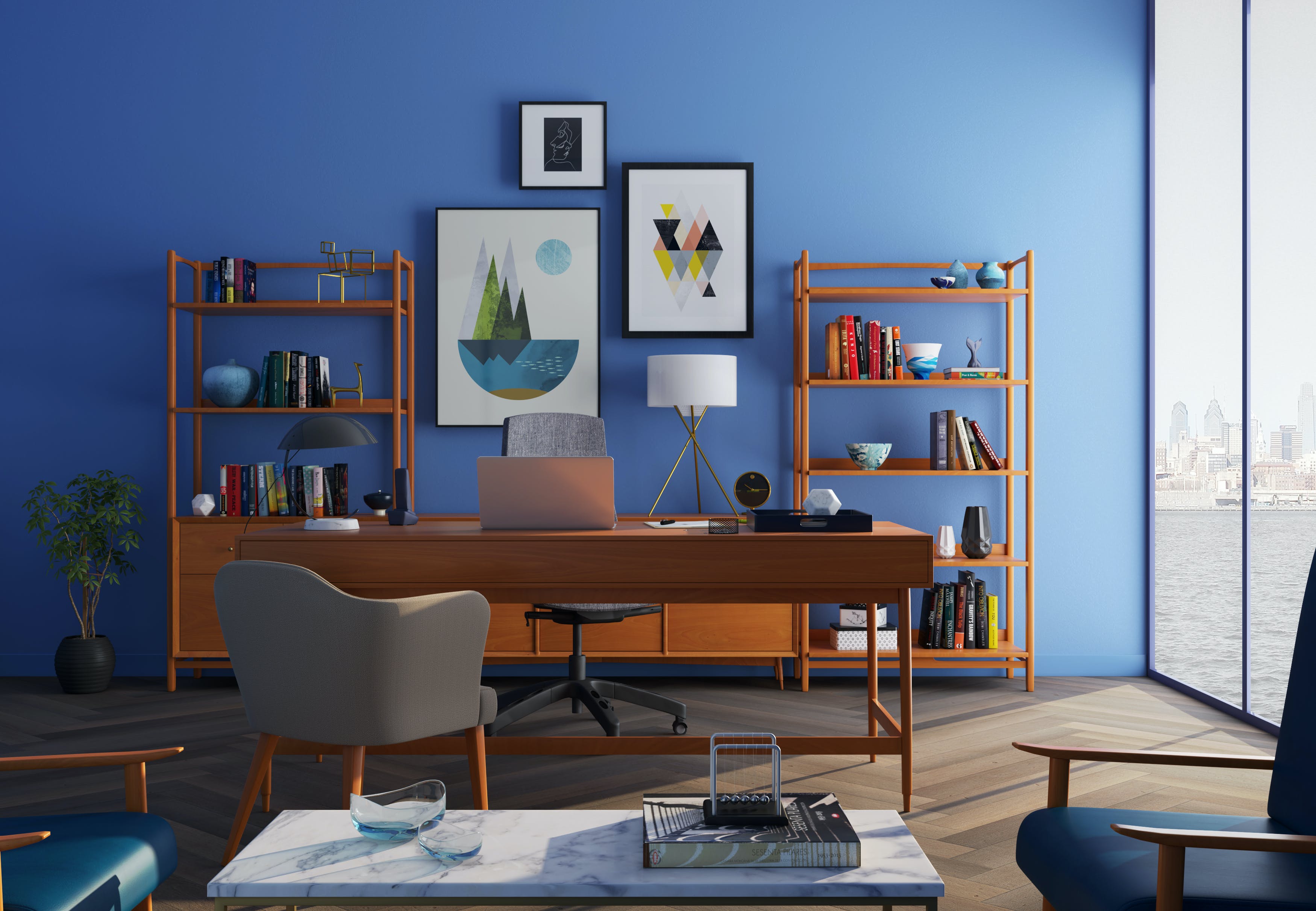In recent years, there has been a noticeable shift in societal priorities towards wellness, prompting individuals to seek healthier lifestyles that encompass both physical and mental well-being. This shift has underscored the significance of the built environment in shaping our health and happiness. Architects and interior designers play a pivotal role in creating spaces that cater to functional needs and foster holistic wellness. This comprehensive guide explores the multifaceted aspects of interior design that contribute to creating environments conducive to health and happiness.

Understanding the Foundations of Good Interior Design
Practical interior design transcends mere aesthetics; it involves a deep understanding of the fundamental principles that govern human interaction with space. Architects and designers must prioritize functionality while also considering users’ diverse needs and preferences. By acknowledging accessibility, demographic diversity, economic constraints, and environmental sustainability, designers can lay the groundwork for spaces that promote well-being.
Functionality as the Bedrock of Successful Design
Functionality is the cornerstone of good interior design, ensuring that spaces efficiently fulfill their intended purposes. While creativity is integral to the design process, it must be tempered by a commitment to practicality. Every spatial decision should be guided by enhancing usability and comfort. A well-designed space seamlessly integrates form and function, catering to the needs of diverse users without sacrificing efficiency.
Prioritizing Physical Well-Being
Physical well-being encompasses a range of factors, including air quality, thermal comfort, visual appeal, and acoustic conditions. By addressing these fundamental considerations, designers must create environments promoting optimal health. From selecting materials that inhibit the growth of harmful substances to optimizing indoor lighting and ventilation, every design choice should contribute to creating a healthy indoor environment. Additionally, spaces should be adaptable to accommodate users of varying ages and abilities, ensuring inclusivity and accessibility for all.
Nurturing Emotional Wellness Through Design
Emotional well-being is closely intertwined with the design of interior spaces, with environments exerting a profound impact on mood and psychological state. Designers can cultivate emotional wellness by incorporating elements that evoke positive feelings such as happiness, tranquility, and inspiration. Integrating natural elements, creating comfortable and inviting spaces, and fostering a sense of connection with the surroundings can enhance emotional well-being. By balancing privacy and social interaction, designers can create environments that support individual reflection and communal engagement.
Enhancing Mental Well-Being and Productivity
The design of interior spaces can significantly influence mental well-being and productivity. By considering natural lighting, spatial layout, and environmental control, designers can create environments that promote focus, creativity, and cognitive function. Strategic room orientations, personalized control over environmental conditions, and ergonomic furnishings can all contribute to creating spaces that support mental health and productivity. Additionally, designers can incorporate biophilic design elements to foster a deeper connection with nature, promoting a sense of calm and well-being.
Promoting Environmental Sustainability
In response to the pressing challenges of climate change, interior designers are increasingly embracing sustainable practices to minimize environmental impact. By selecting eco-friendly materials, optimizing energy efficiency, and integrating biophilic elements, designers can create spaces that are aesthetically pleasing and environmentally responsible. By fostering a deeper connection with the natural world, interior spaces can inspire a greater sense of stewardship and environmental consciousness among users.
Conclusion
In conclusion, good interior design is essential for creating spaces that promote health, happiness, and well-being. By prioritizing functionality, addressing physical, emotional, and mental needs, and embracing environmental sustainability, designers can create environments that enrich the lives of those who inhabit them. As we prioritize wellness in our built environment, interior design will play an increasingly vital role in shaping a healthier and more harmonious world.
FAQ
1: How does interior design impact our well-being?
Interior design significantly influences our well-being by shaping the environments we inhabit. A well-designed space can promote physical health through factors like air quality and thermal comfort and enhance emotional well-being by creating spaces that evoke positive feelings. Additionally, interior design can contribute to mental well-being by fostering focus, creativity, and a sense of tranquility.
2: What are some critical considerations for designing spaces prioritizing health and happiness?
Critical considerations for designing health-focused spaces include functionality, accessibility, demographic diversity, and environmental sustainability. Designers must aim to create aesthetically pleasing and practical spaces catering to diverse user needs. Natural light, ergonomic furnishings, and biophilic design can further enhance comfort and well-being.
3: How can interior design contribute to mental well-being and productivity?
Interior design can positively impact mental well-being and productivity by creating environments that support focus, creativity, and cognitive function. Strategic room layouts, personalized environmental controls, and access to natural light are some design choices that can enhance comfort and productivity. Incorporating elements of biophilic design can also help reduce stress and improve mood.
4: What role does sustainability play in interior design for health and happiness?
Sustainability is integral to interior design for health and happiness as it encompasses environmental responsibility and social equity. Designing with sustainability in mind involves selecting eco-friendly materials, optimizing energy efficiency, and minimizing environmental impact. By embracing sustainable practices, designers can create spaces that promote well-being while contributing to a more sustainable future.



